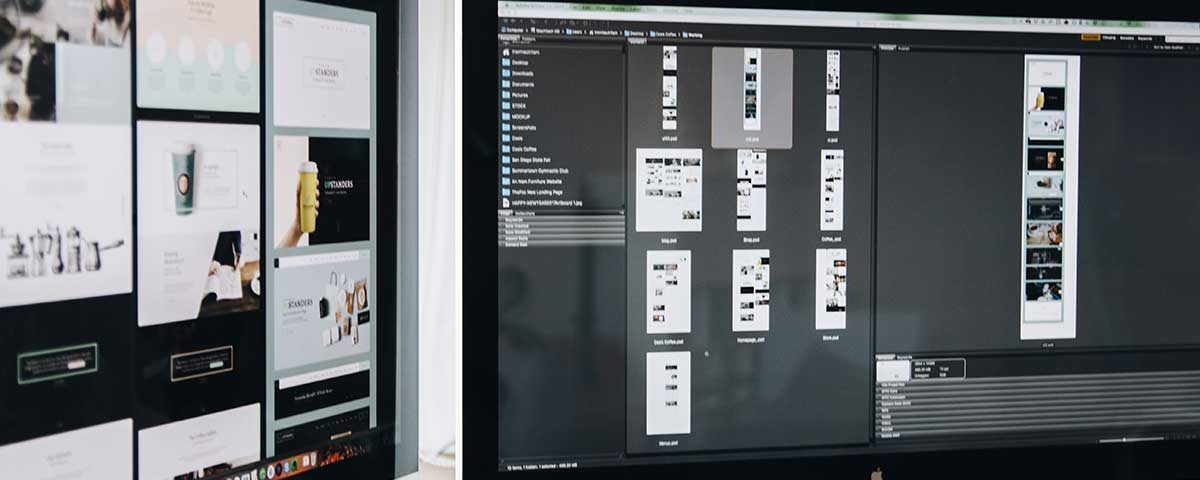A logo is one of the most crucial aspects of a brand’s identity. It visually represents the values, mission, and personality of a company or product. A well-designed logo can leave a lasting impression, communicate professionalism, and establish a strong connection with its audience. Whether you’re a seasoned graphic designer or a business owner looking to create a logo for your brand, following these ten essential rules will ensure your logo is both impactful and memorable.
1. Simplicity is Key
The best logos are simple and easy to recognize. Overcomplicating the design with too many elements, colors, or fonts can confuse your audience. A simple design is more versatile and memorable. Think of iconic logos like Apple or Nike—clean, uncomplicated designs that are instantly recognizable.
2. Make It Memorable
A good logo should leave a lasting impression on your audience. It should be distinct enough to be easily recalled. Memorable logos often have unique shapes, clever use of negative space, or a bold visual that sticks in the minds of viewers. The goal is to create something that resonates and remains identifiable even with minimal exposure.

3. Ensure Versatility
Your logo will appear in various formats and sizes, from business cards to billboards and websites. Make sure it is versatile enough to work across different mediums. A logo that looks good on a large banner but becomes illegible when scaled down won’t serve your brand well. Designing a logo that looks just as sharp in black and white as it does in color is also key to its flexibility.
4. Focus on Relevance
Your logo should be relevant to the industry or business it represents. For instance, a playful, colorful design may suit a children’s brand, but it might not be appropriate for a law firm or financial institution. Tailor your design to fit the target audience and market. Researching your industry before starting the design process can give you valuable insights into what will resonate with potential customers.
5. Create a Timeless Design
Trendy logos may look appealing today, but they can quickly become outdated. Aim for a timeless design that will look fresh and relevant for years to come. Avoid using overly fashionable fonts, colors, or design elements that could fade out of style. Instead, opt for classic shapes and design principles that have stood the test of time.

6. Use Color Strategically
Colors evoke emotions and associations, so choose your color palette wisely. Bright colors can suggest energy and vibrancy, while muted tones might communicate sophistication and calm. However, it’s essential to keep your logo functional in monochrome as well, ensuring it remains effective when printed in black and white.
7. Typography Matters
If your logo includes text, pay careful attention to the typography. The font should align with your brand’s personality and values. For example, a modern tech company might opt for clean, sans-serif fonts, while a luxury brand might lean toward elegant, serif typefaces. Ensure the font is legible, especially when the logo is scaled down.
8. Avoid Imitation
While it can be tempting to draw inspiration from successful logos, your design must be original. Imitating existing logos not only risks legal issues but also suggests a lack of authenticity and creativity. Your logo should stand out from competitors, reflecting the unique qualities of your brand.
9. Balance and Proportion
A balanced logo is visually appealing and creates a sense of harmony. Ensure that the elements in your logo, whether text, icons, or shapes, are well-proportioned and spaced evenly. A well-balanced logo can be symmetrical or asymmetrical, but it should never look lopsided or cluttered. Good use of space and proportion will give your logo a polished and professional appearance.
10. Test Your Logo
Before finalizing your design, test it in different contexts. View it on various platforms, from websites to social media, to see how it performs. Show the logo to different people for feedback, as fresh eyes can often spot issues you may have missed. Testing ensures that your logo works in real-world applications and appeals to your intended audience.
Conclusion
Designing a logo is both an art and a science. By following these ten rules, you can create a logo that is simple, memorable, versatile, and relevant to your brand. Whether you’re designing for a startup or rebranding an established company, a well-crafted logo is essential in shaping a positive and lasting impression.





